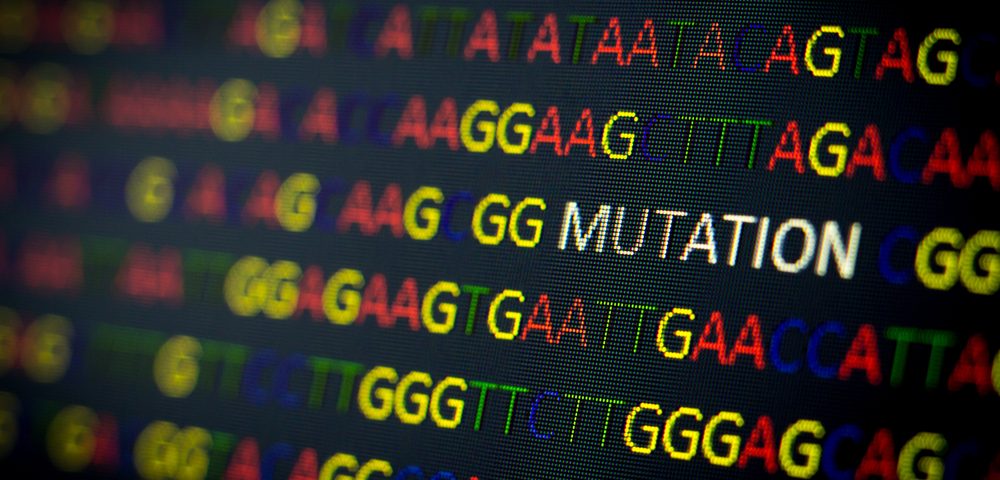A new genetic mutation in the ABCD1 gene was identified and linked to X-linked adrenoleukodystrophy (X-ALD) in a young Chinese boy, a new case report revealed.
The case was described in the study, “A novel missense mutation in the ABCD1 gene of a Chinese boy diagnosed with X-linked adrenoleukodystrophy: case report,” published in the journal Neurological Sciences.
The study addresses the case of a 14-year-old boy who had experienced progressive vision loss in both eyes for over a year. The boy had no complaints of discomfort in the head, nor any impaired movement control, abnormal sense of touch, or altered skin pigmentation.
With his vision being progressively impaired, the boy showed signs of being less alert, and started to perform poorly at school.
Evaluation of his eyes did not show movement problems or impaired responsiveness to light stimulus.
But bloodwork showed that the patient had reduced levels of cortisol — 4.43 μg/dL; the normal range is between 6.2 and 19.4 μg/dL — in the morning, and higher levels of adrenocorticotropic hormone (ACTH) in the afternoon — 32.14 pmol/L; normal range is between 1.6 and 13.9 pmol/L.
Magnetic resonance imaging (MRI) showed that the patient had some brain areas that were particularly damaged, with loss of the nerve cells’ protective myelin layer. These areas included the thalamus, splenium corporis callosum, and the pedunculus cerebri, which are involved in motor and sensory control.
Further analyses showed that the boy had high levels of very long chain fatty acids (VLCFAs), in particular C26, as well as C24/C22 and C26/C22 ratio, in the blood, suggestive of a ALD diagnosis.
A genetic analysis of the patient revealed a new point mutation in the ABCD1 gene that had not been previously described. The mutation resulted in the change of a single nucleotide (the genetic code unit) from a guanine (G) to a cytosine (C). This change led to the replacement of a tryptophan to cysteine amino acid in the 339 position of the ABCD1 sequence.
Evaluation of the potential impact of this mutation by computer simulation suggested that it was a damaging genetic alteration, promoting dysfunction of ALDP protein, and could be linked to X-ALD.
Although the boy had no family history of X-ALD, genetic evaluation of his parents confirmed that his mother was an asymptomatic carrier of the disease-associated ABCD1 mutation found.
Based on the findings and the patient’s clinical manifestations, the boy was diagnosed with childhood cerebral ALD (CCALD), one of the most common forms of X-ALD.
“The clinical presentation of X-ALD can vary greatly, making diagnosis difficult,” researchers said. “Therefore, the mutation analysis of ABCD1 is the most accurate approach to confirm the disease at present.”
More than 1,000 mutations have been reported in the ABCD1 gene, and some have been linked to X-ALD development. The newly identified variant helps to “expand the gene spectrum of people with X-ALD,” researchers noted.


